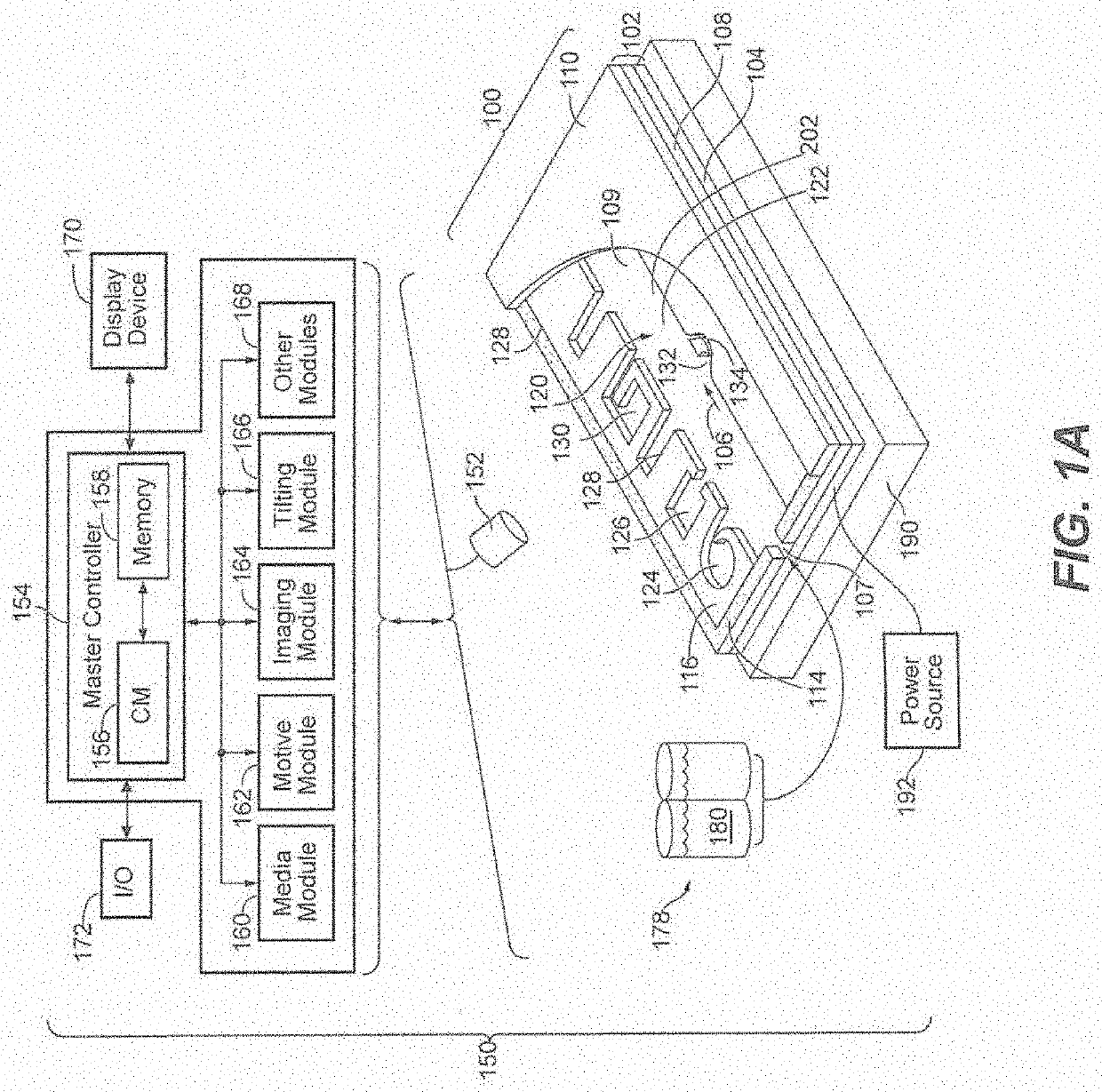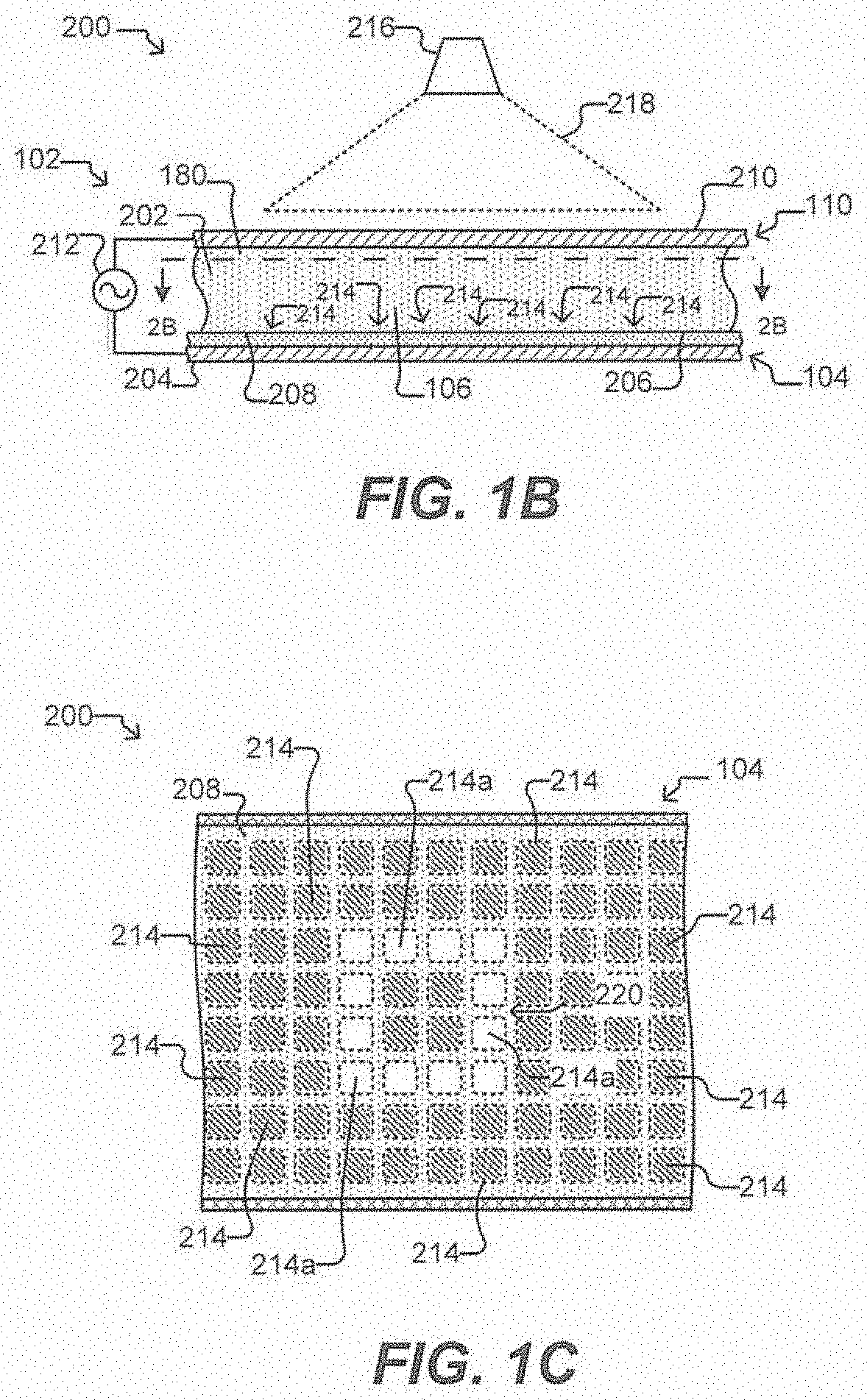Automated detection and characterization of micro-objects in microfluidic devices
a microfluidic device and automatic detection technology, applied in image analysis, image enhancement, instruments, etc., can solve the problems of significant detection challenges and the complexity of detecting micro-objects in the image field
- Summary
- Abstract
- Description
- Claims
- Application Information
AI Technical Summary
Benefits of technology
Problems solved by technology
Method used
Image
Examples
embodiment 1
[0409]2. The method of embodiment 1, wherein the micro-object count is obtained from a combination of pixel masks of the plurality of pixel masks.
[0410]3. The method of embodiment 1 or 2, wherein the plurality of micro-object characteristics comprises at least three micro-object characteristics.
[0411]4. The method of embodiment 1 or 2, wherein the plurality of micro-object characteristics comprises at least: (i) micro-object center; (ii) micro-object edge; and (iii) non-micro-object.
embodiment 4
[0412]5. The method of embodiment 4, wherein obtaining a micro-object count comprises obtaining a micro-object count from the pixel mask corresponding to the micro-object center characteristic or a combination of pixel masks that includes the pixel mask corresponding to the micro-object center characteristic.
[0413]6. The method of any one of embodiments 1 to 5, wherein the machine learning algorithm comprises a neural network (e.g., a convolutional neural network).
embodiment 6
[0414]7. The method of embodiment 6, wherein the neural network comprises a plurality of down-sampling blocks (e.g., at least 2, 3, 4, etc. down-sampling blocks), each down-sampling block including a first down-sampling convolutional layer, a first batch normalization layer, and a first ELU layer including a gating function, and wherein each of the first down-sampling convolutional layers reduces the spatial resolution of image data that it receives.
PUM
 Login to View More
Login to View More Abstract
Description
Claims
Application Information
 Login to View More
Login to View More - R&D
- Intellectual Property
- Life Sciences
- Materials
- Tech Scout
- Unparalleled Data Quality
- Higher Quality Content
- 60% Fewer Hallucinations
Browse by: Latest US Patents, China's latest patents, Technical Efficacy Thesaurus, Application Domain, Technology Topic, Popular Technical Reports.
© 2025 PatSnap. All rights reserved.Legal|Privacy policy|Modern Slavery Act Transparency Statement|Sitemap|About US| Contact US: help@patsnap.com



